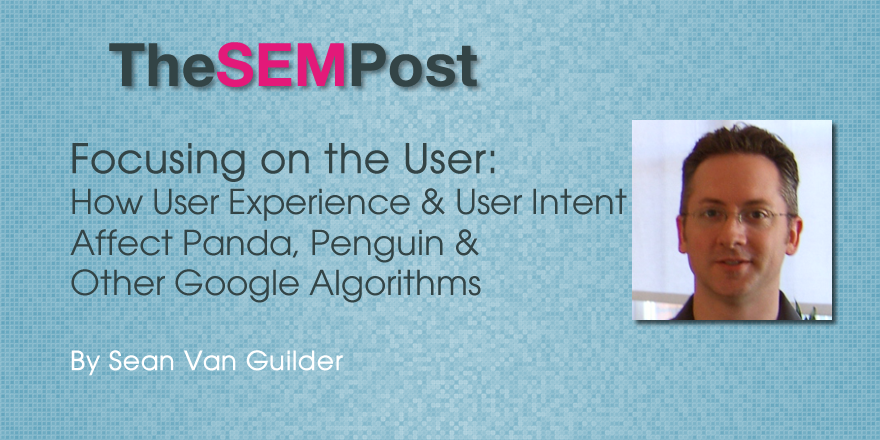
One of my soap box speeches, to anyone who will listen, is SEO Best Practices can be categorized as two primary categories: User Experience and User Intent. Many might say that I shouldn’t be simplifying such a vastly complex thing as search engine algorithms into simply two buckets.
Definitions
User Experience: According to Google’s answer card this is defined as “the overall experience of a person using a product such as a website or computer application, especially in terms of how easy or pleasing it is to use.”
User Intent: Can be defined as providing information for what a user is looking for when they conduct a query.
Let’s look at where the search engines have been going with their approach to ranking of website content, most notably Google but Bing definitely takes a similar approach
Mobile Friendly Update
A couple of months ago, Google rolled out mobile rankings algorithm that takes into account multiple ranking factors to determine if a website is mobile friendly. With the number of searches conducted on mobile devices surpassing desktop search, Google is looking at multiple criteria on a page-by-page basis.
User Experience:
- Does the page display within the screen width?
- Are hyperlinks too close together?
- Do pages load under 1.4 seconds?
- Font sizes are not too small
I believe the main thrust with the mobile friendly update centers around how well a website can be used by the searcher, i.e. causes the least amount of frustration.
Pigeon Update
In mid-2014, Google made a significant update to local search (the largest they have ever done) and moved their core search algorithm to be closely aligned with local cues.
User Intent:
- Proximity of address to the Point of Search
- Correct Name, address, phone number (NAP)
- Reviews/Ratings for type of business or service
Hummingbird Update:
This entire update revolves around User Intent In 2013, Google made a major algorithm update that shifted to semantic search, also known as conversational search, is meant to deliver fast and precise answers. Search Engine Land’s FAQ provides the best example for this update:
- A search for “pizza hut calories per slice” previously sent users to a non-Pizza Hut website. After the update the primary search send the user directly to Pizza Hut’s nutrition page.
Penguin/Page Layout Update
In 2012, Google made an update that penalized low quality websites that were over optimizing and spamming keywords on their websites. This update can be categorized as targeting user experience.
Another user experience update in the same year was the Page Layout algorithms to devalue sites with too much ad-space above the “fold”. Another user experience update.
Panda Update
In 2011, Google began penalizing websites with thin content, content farms, high number of ads versus content. This algorithm update has been updated many times over the past 4 years and is an example of how Google is looking at user experience. One could argue this blends into user intent as well.
So next time you are working on SEO for an overall site or just a single webpage, consider the impact of both user experience and user intent in your SEO strategy and don’t get caught up on the technical SEO alone.